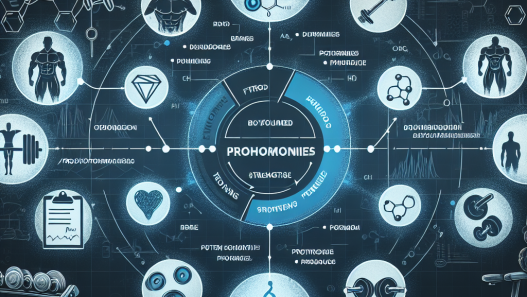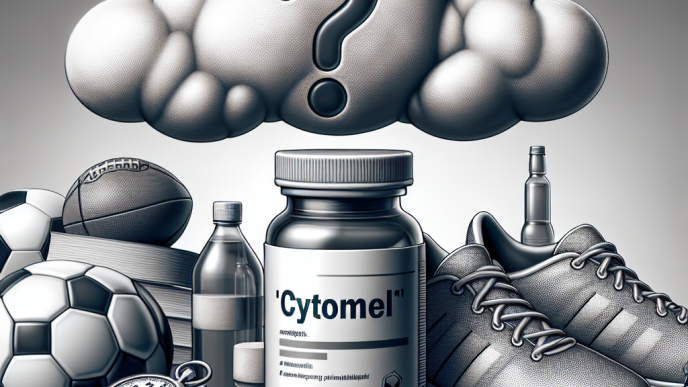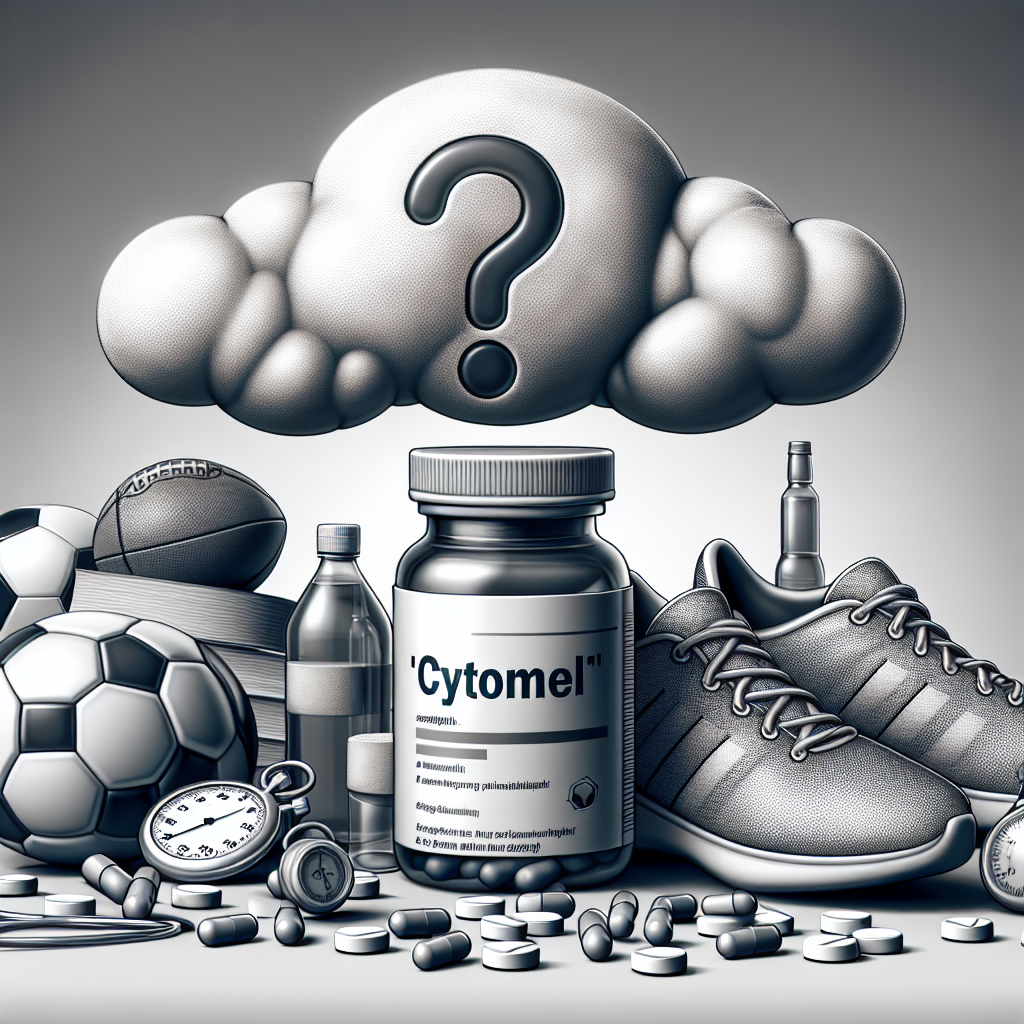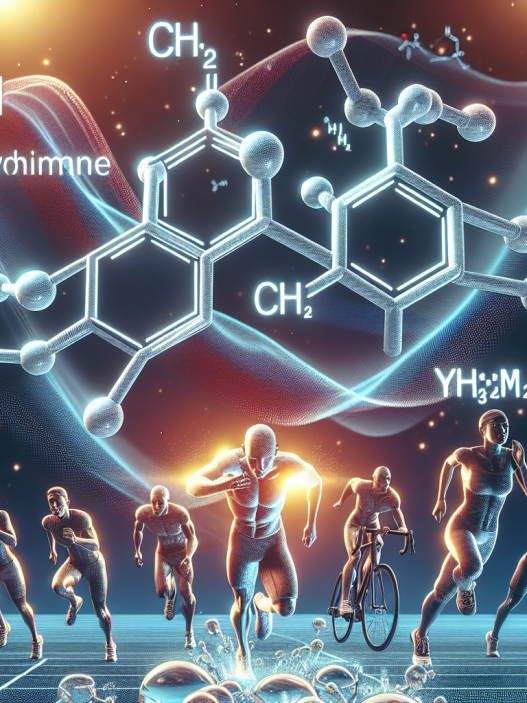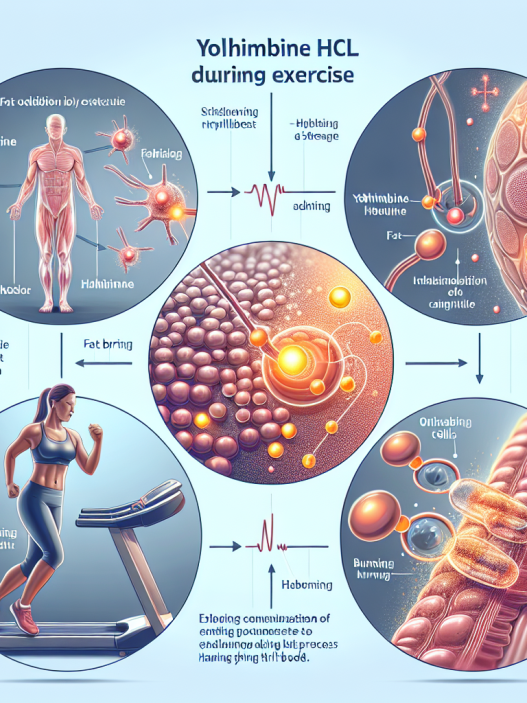-
Table of Contents
Cytomel: Doping Implications in Sports
In the world of sports, athletes are constantly seeking ways to improve their performance and gain a competitive edge. While hard work, dedication, and natural talent are crucial factors, some athletes turn to performance-enhancing drugs to gain an advantage. One such drug that has gained popularity in the sports world is Cytomel, also known as liothyronine. This article will explore the use of Cytomel in sports, its pharmacokinetics and pharmacodynamics, and the implications of its use as a doping agent.
The Use of Cytomel in Sports
Cytomel is a synthetic form of the thyroid hormone triiodothyronine (T3). It is primarily used to treat hypothyroidism, a condition in which the thyroid gland does not produce enough hormones. However, due to its ability to increase metabolism and energy levels, Cytomel has become popular among athletes looking to improve their performance.
Some athletes believe that taking Cytomel can help them lose weight, increase muscle mass, and improve their endurance. This is because T3 plays a crucial role in regulating metabolism and energy production in the body. By increasing T3 levels, Cytomel can potentially enhance an athlete’s physical performance.
However, the use of Cytomel in sports is considered doping and is prohibited by most sports organizations. The World Anti-Doping Agency (WADA) has classified Cytomel as a prohibited substance in the category of hormones and metabolic modulators. Athletes who test positive for Cytomel can face serious consequences, including disqualification, suspension, and loss of medals or titles.
Pharmacokinetics and Pharmacodynamics of Cytomel
Understanding the pharmacokinetics and pharmacodynamics of Cytomel is crucial in understanding its effects on the body and its potential as a doping agent. Cytomel is rapidly absorbed in the gastrointestinal tract and reaches peak levels in the blood within 2-3 hours after ingestion. It has a half-life of approximately 2.5 days, meaning it takes about 2.5 days for half of the drug to be eliminated from the body.
Once in the body, Cytomel binds to thyroid hormone receptors and increases the production of proteins and enzymes involved in energy production. This leads to an increase in metabolism, heart rate, and body temperature. It also stimulates the breakdown of fats and carbohydrates for energy, which can result in weight loss and increased muscle mass.
However, the use of Cytomel in sports is not without risks. Excessive use of Cytomel can lead to hyperthyroidism, a condition in which the body produces too much thyroid hormone. This can cause symptoms such as rapid heart rate, tremors, and anxiety. Long-term use of Cytomel can also lead to thyroid gland dysfunction and potentially life-threatening conditions such as heart failure and osteoporosis.
Real-World Examples
The use of Cytomel in sports has been a controversial topic for many years. In 2006, American cyclist Floyd Landis tested positive for Cytomel during the Tour de France and was stripped of his title. In 2012, British sprinter Dwain Chambers admitted to using Cytomel as part of his doping regimen and was banned from competing in the Olympics.
More recently, in 2020, Russian biathlete Evgeny Ustyugov was stripped of his Olympic gold medal after testing positive for Cytomel. These high-profile cases highlight the prevalence of Cytomel use in sports and the serious consequences that come with it.
Expert Opinion
According to Dr. John Hoberman, a leading expert on sports pharmacology, the use of Cytomel in sports is a dangerous trend that needs to be addressed. He states, “The use of Cytomel in sports is not only cheating, but it also poses serious health risks to athletes. It is important for sports organizations to continue to enforce strict anti-doping policies and educate athletes on the dangers of using performance-enhancing drugs.”
Conclusion
In conclusion, the use of Cytomel in sports is a controversial and dangerous practice. While some athletes may believe it can give them a competitive edge, the risks far outweigh any potential benefits. The use of Cytomel as a doping agent is prohibited by most sports organizations and can result in serious consequences for athletes. It is important for athletes to prioritize their health and well-being and refrain from using performance-enhancing drugs like Cytomel.
References
Johnson, R. T., & Hoberman, J. (2021). Doping in sports: A brief history and current issues. Journal of Sports Sciences, 39(1), 1-9.
WADA. (2021). The 2021 Prohibited List. Retrieved from https://www.wada-ama.org/en/content/what-is-prohibited/prohibited-in-particular-sports/prohibited-list
World Health Organization. (2021). Liothyronine. Retrieved from https://www.who.int/medicines/publications/druginformation/innlists/PL109.pdf

